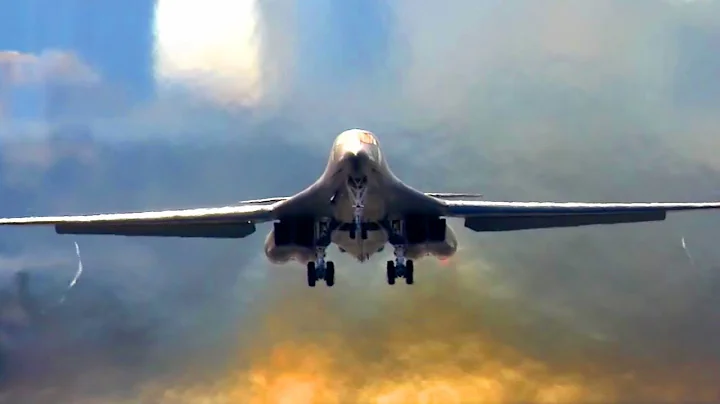According to Taiwanese media reports on May 8, the Twitter account "Aircraft Watch", which has long tracked aircraft dynamics, tweeted that on the 8th, the U.S. Air Force's B-1B supersonic bombers entered the South China Sea airspace in two routes, one of which passed through the Bashi Strait. After flying to the South China Sea, KC-135R tankers provided fuel supplies; Taiwan's defense department stated that it was aware of relevant developments.

According to information released by "Aircraft Watch", after taking off from Anderson Air Force Base in Guam, the U.S. Air Force B-1B supersonic bombers entered the South China Sea in two routes. One of them crossed the Bashi Channel and flew to the South China Sea, while the other route came from Hainan, Philippines. Next, it goes north along the Sulawesi Sea and then enters the airspace of the South China Sea, where KC-135R tankers provide fuel supply. This is also the first time recently that a US military aircraft has performed aerial refueling in the airspace above the sea area.

Su Ziyun, director of the Resources and Industry Research Institute of the Defense and Security Research Institute, a Taiwanese military think tank, analyzed public information and found that the B-1B supersonic bomber set off from Guam this time and entered the South China Sea through the Bashi Strait and the Sulu Sea. Strategically, it was " The encirclement posture of "outer line operations" suppresses the mainland, and the tactical "pincer offensive" attitude is used to demonstrate the B-1B's maneuverability and "centripetal attack", which is extremely obvious in demonstrating to the People's Liberation Army.

In terms of the tactical use of military aircraft, Su Ziyun analyzed that compared with the B-52H bombers that moved from Guam back to the United States in mid-April, the B-1B supersonic bombers have better penetration capabilities and have both nuclear and traditional weapons. The precision strike capability is in line with the rapid deployment of strategic maneuvers and is more credible in deterrence.
Su Ziyun believes that the U.S. and Australian navies held a joint exercise in the South China Sea on April 23, and the U.S. and Australia decided to accelerate the deployment of U.S. Marines in Darwin, Australia, on May 5. The above military actions are closely related to Australia's "increased vigilance" against mainland China. The flight route is close to the waters of Papua New Guinea in northern Australia and can also be regarded as a demonstration of security cooperation between the United States and Australia.
Shi Shunwen, spokesman for Taiwan's defense department, said that relevant developments are understood and handled accordingly, and that everything is currently normal. The U.S. military has recently frequently dispatched B-1B supersonic bombers to operate in the Western Pacific. Together with today, this is the fourth time since May 1, 4, and 6 that a B-1B bomber has approached Taiwan's outer airspace.





















